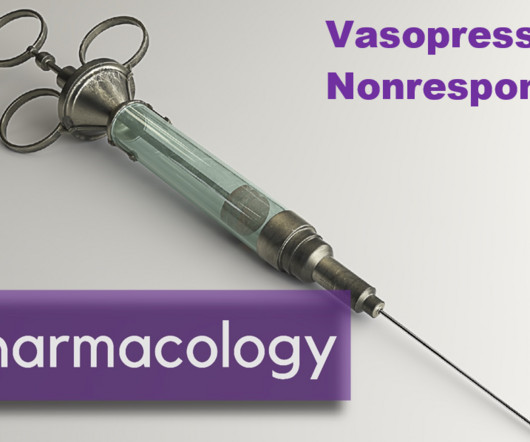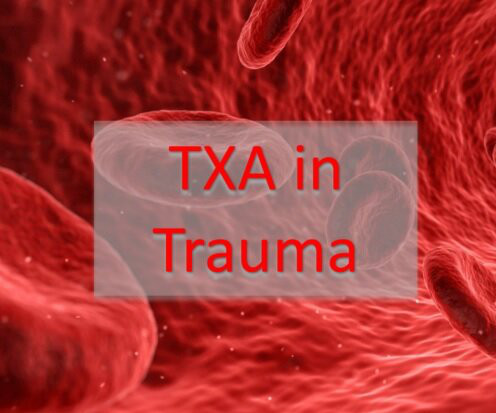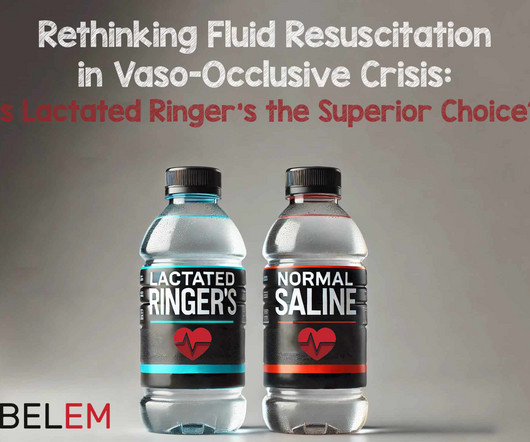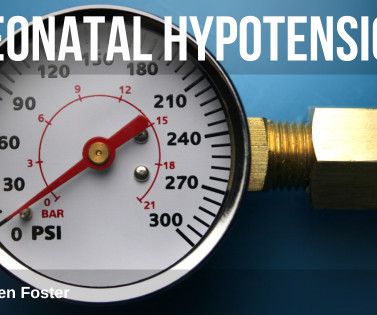The AcT Trial: Tenecteplase vs Alteplase for Acute Ischemic Stroke
RebelEM
FEBRUARY 1, 2024
Reliance on research coordinators to accurately determine mRS scores over a telephone interview could suffer from issues of reliability. Additionally, more research and future studies are needed to show superiorly or reproduce these results in regard to thrombolytic agents. mg/kg, max 25mg) vs. intravenous alteplase (0.09


























Let's personalize your content